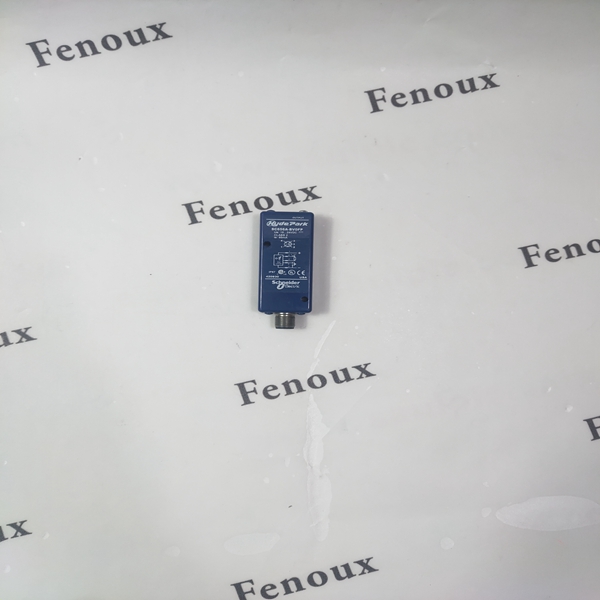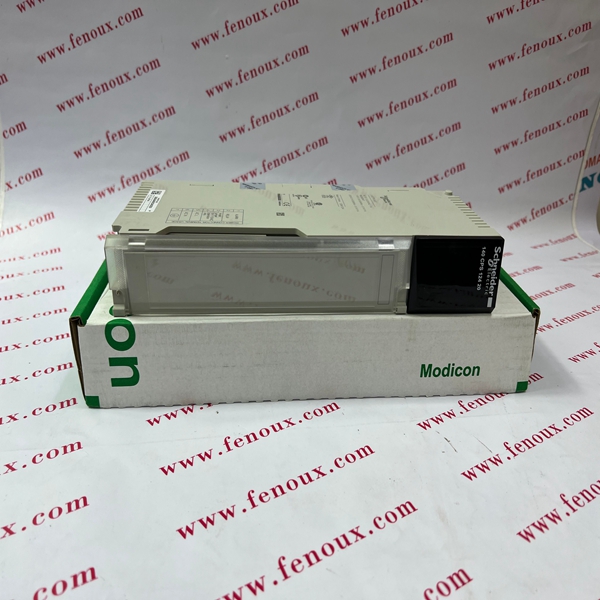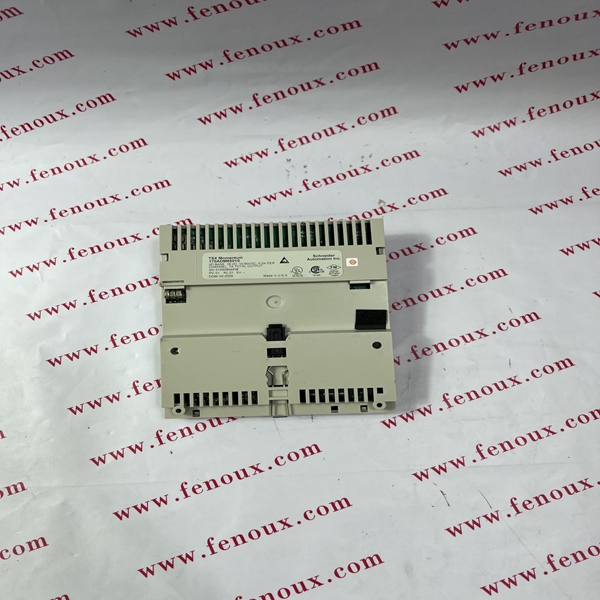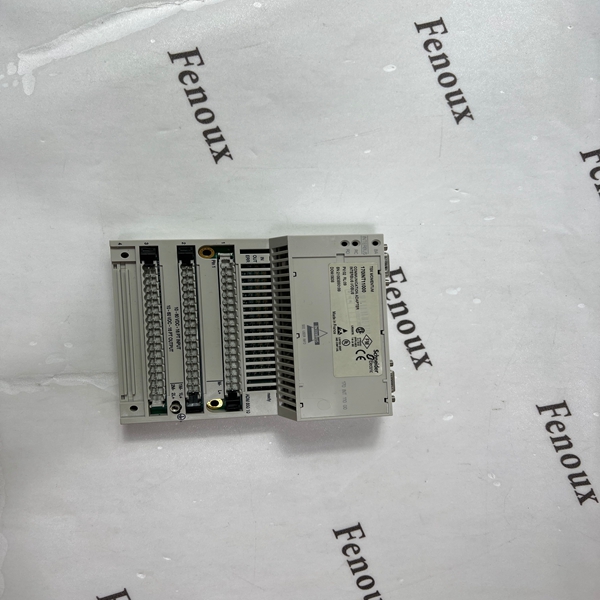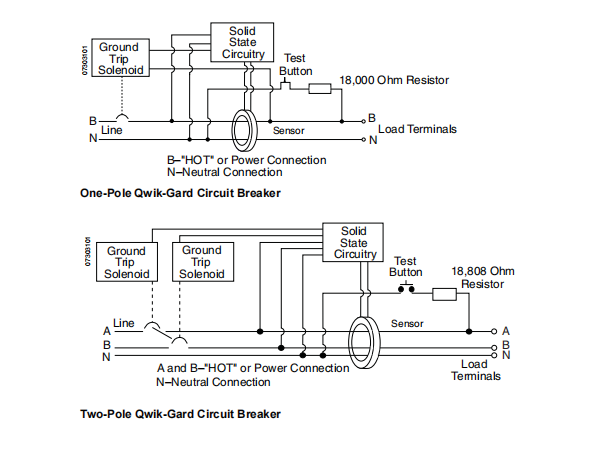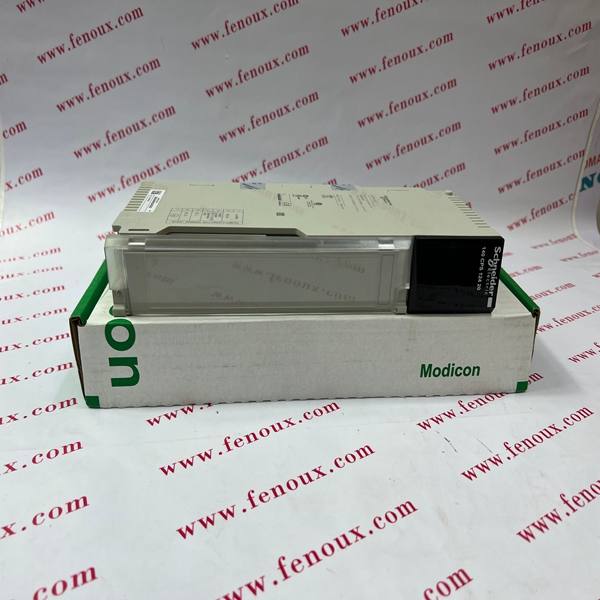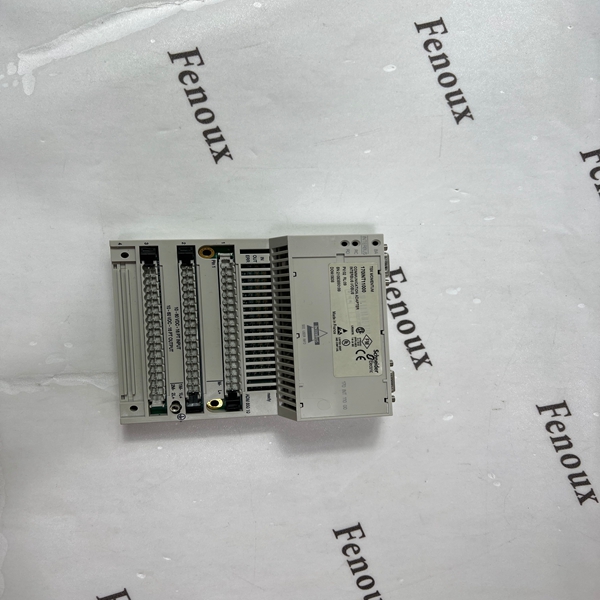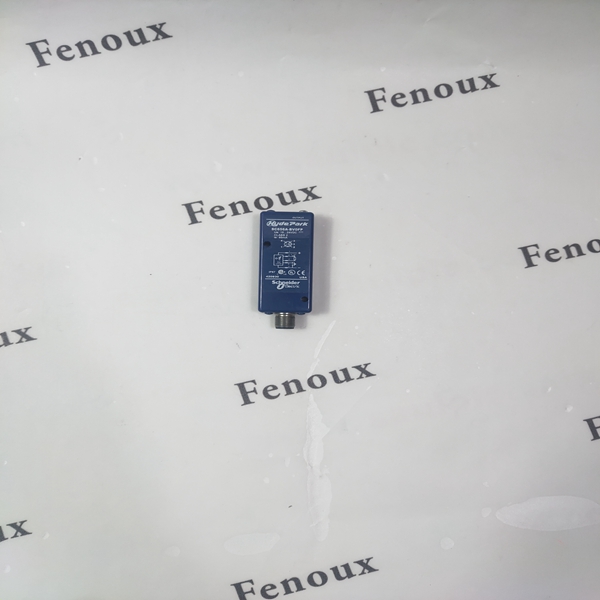Ratings
When designing an electrical distribution system, overcurrent protective devices are generally selected
based on performance requirements. Factors influencing this selection include system voltage,
continuous current, interrupting rating, and frequency.
Voltage Rating
The circuit breaker must have a voltage rating greater than, or equal to, the system voltage. When a
circuit breaker clears an overcurrent, it is done in two steps. First, the current sensing system identifies
the overcurrent and releases the tripping mechanism. This results in a parting of the contacts. The
circuit breaker must then extinguish the voltage arc across the contacts. If the circuit breaker has the
correct voltage rating, it can efficiently extinguish this voltage arc. QO and QOB circuit breakers are
rated for use in the following voltage systems:
• 120 Vac
• 208/120 Vac
• 120/240 Vac
• 240 Vac
• 48 Vdc (10–70 A for 1 and 2 pole circuit breakers, 10–60 A for 3 pole circuit breakers)
Continuous Current Rating
The continuous current rating of a circuit breaker is the maximum current in amperes (dc or rms ac at
rated frequency) which a device will carry continuously without exceeding the specified allowable
temperature rise. Sometimes referred to as the ampere rating or handle rating of the circuit breaker,
the continuous current rating relates to the system current flow under normal conditions.
UL and CSA require that circuit breakers must be able to carry their continuous current rating
indefinitely at 40°C in free air in order to achieve a UL Listing/CSA Certification. The National Electrical
Code (NEC) and the Canadian Electrical Code (CEC) recognize that devices applied in end-use
equipment can be affected by heat build up during normal operating conditions. For this reason, the
codes require that circuit breakers be selected based on the characteristics of the load (particularly,
the portion of the load which will be on continuously for three hours or more at a time).
Frequency Rating
The standard rated frequency for circuit breakers is 60 Hz. Circuit breakers are also rated for dc
applications as shown in Table 1. Many Square D circuit breakers can also be applied on 50 Hz systems
without derating. GFCI, AFCI and EPD devices are rated for 60 Hz operation only. Frequencies can affect
the thermal, magnetic and short-circuit characteristics of circuit breakers. See Data Bulletin 0100DB0101
Determining Current Carrying Capacity in Special Applications. Contact the Field Sales office before
applying circuit breakers on systems at frequencies other than 50/60 Hz.


